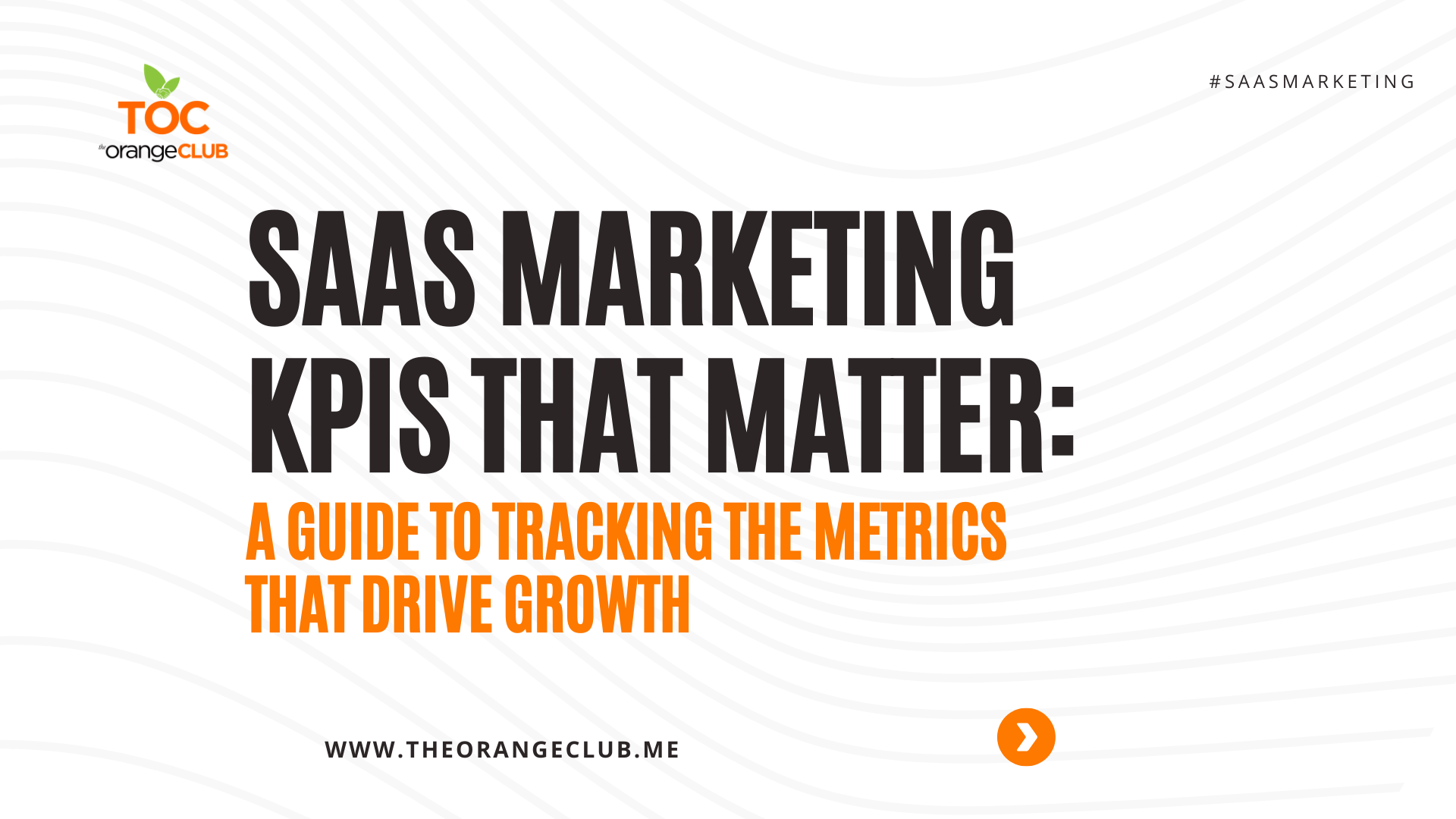
SaaS Marketing KPIs That Matter
In the fast-paced world of SaaS, tracking the right marketing key performance indicators (KPIs) is essential to driving sustainable growth. With recurring revenue models, long-term customer relationships, and intense competition, SaaS companies must stay on top of metrics that reveal the effectiveness of their marketing efforts. Here are some of the most crucial KPIs to monitor and how they impact SaaS growth.
1. Customer Acquisition Cost (CAC)
CAC measures the cost of acquiring a new customer, which includes expenses in marketing, sales, and other related areas. Knowing your CAC helps ensure you’re not overspending to bring in new users, allowing for a healthy profit margin. A good rule of thumb is to aim for a CAC that can be recovered within the first 12 months of customer acquisition.
2. Customer Lifetime Value (CLV)
CLV is the total revenue you can expect from a single customer over their entire relationship with your company. For a SaaS business, the CLV should ideally be three to four times higher than CAC. By understanding CLV, you can evaluate if your acquisition strategies are profitable over the long term.
Monthly Recurring Revenue (MRR) and Annual Recurring Revenue (ARR)
MRR and ARR are critical metrics for tracking predictable revenue. They give insight into both monthly and annual revenue generated solely from subscriptions. Monitoring these metrics helps in forecasting revenue, making it easier to plan for growth and make strategic decisions.
4. Churn Rate
Churn rate represents the percentage of customers who cancel their subscriptions during a given period. Reducing churn is crucial for SaaS success, as retaining customers is far more cost-effective than acquiring new ones. Regularly track churn to spot patterns and identify opportunities to improve customer retention.
5. Conversion Rate
Conversion rate refers to the percentage of leads who become paying customers. This KPI helps gauge the effectiveness of your lead generation strategies and marketing funnel. For SaaS, focusing on optimizing the conversion rate from free trials or demos to paid subscriptions can lead to substantial growth.
6. Average Revenue Per User (ARPU)
ARPU tracks the average monthly revenue from each user and is essential for understanding the value of each customer. Tracking ARPU can help identify opportunities for upselling, cross-selling, and adjusting pricing strategies to increase profitability.
7. Lead-to-Customer Ratio
This KPI measures the ratio of leads that eventually convert into customers, giving insight into the effectiveness of your sales process and lead nurturing tactics. A high lead-to-customer ratio can signal strong marketing alignment with customer needs, while a low ratio may indicate a need for refinement in targeting or engagement strategies.
Conclusion:
Tracking the right KPIs is fundamental for guiding your SaaS marketing strategies and ensuring sustainable growth. Metrics like CAC, CLV, MRR, and churn offer valuable insights into different aspects of your business’s health, helping you focus on strategies that drive revenue and customer loyalty. By continuously monitoring and optimizing these KPIs, you can make data-driven decisions that fuel long-term success in the SaaS market.
🚀 Unlock SaaS Growth with Data-Driven Marketing 🚀
In the competitive world of SaaS, scaling fast and sustainably requires more than just great features—it takes smart, data-driven marketing strategies. Here at The Orange Club we specialize in helping SaaS companies reach the next level by targeting the metrics that matter most!
Leave a Reply